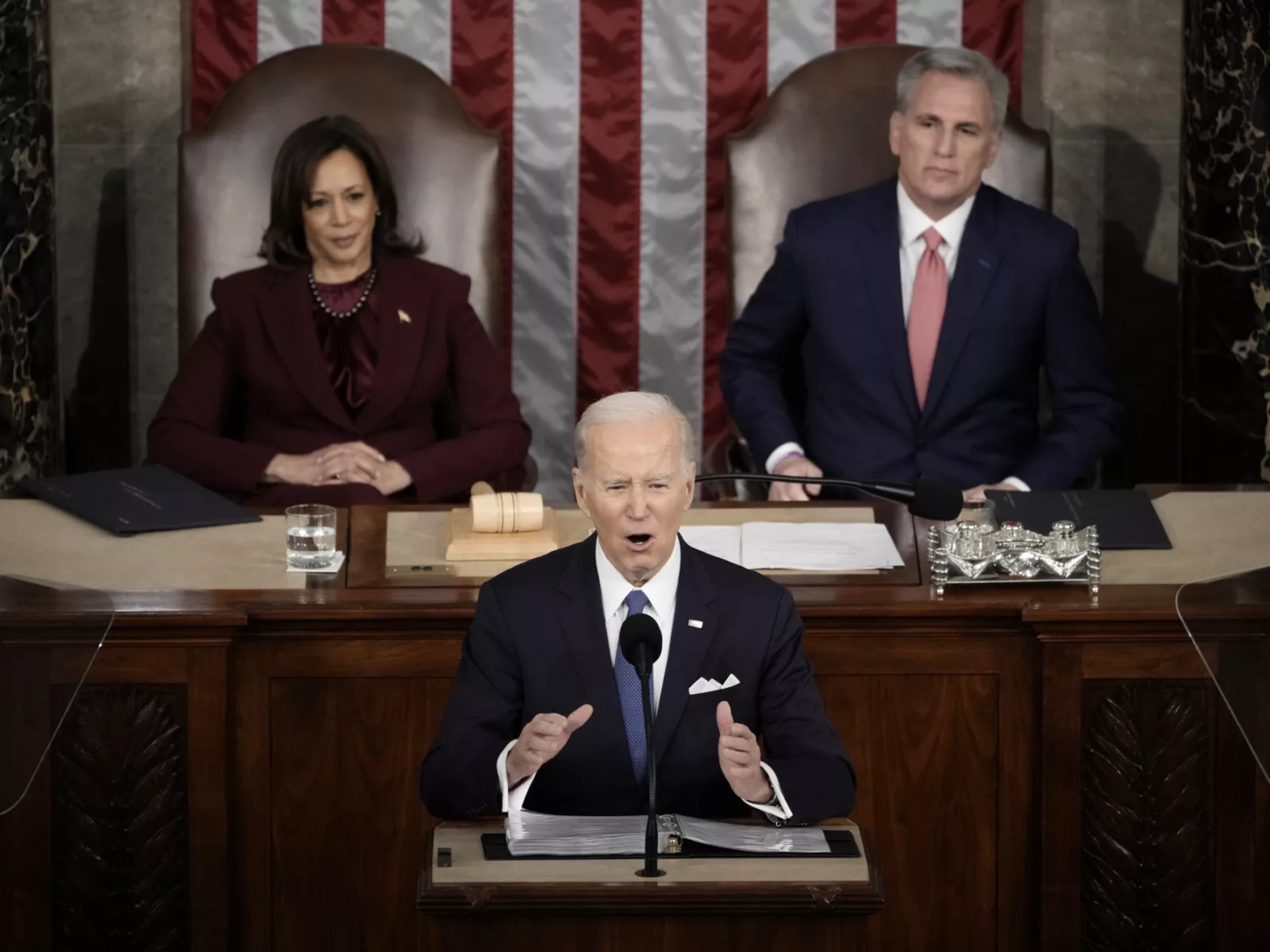The U.S. health care system is broken, plagued by market consolidation, inflated prices, poor care coordination, and anti-competitive practices. These issues drive up costs, limit access, and lower quality – and American patients, families, and employers agree that the status quo isn’t working.
In a new report, we make the case that Congress can achieve significant savings while preserving coverage and high-quality care for patients.
The report offers five opportunities to achieve savings — totaling more than $1 trillion over 10 years— by addressing unnecessary spending across the system.
With a focus on confronting entrenched special interests like hospitals, insurers, and pharmaceutical companies, our policy solutions offer opportunities to reduce inefficiencies, save money for taxpayers, and lower out-of-pocket costs for consumers while protecting patients.
Key Highlights:
- Advance site-neutral payment reforms to equalize payments for low-complexity, routine services across all settings. Saving $157 billion over 10 years.
- Require site-of-service billing transparency to provide clarity about where care is being delivered. Saving $2.3 billion over 10 years.
- Extend drug price inflation penalties to include commercial plans. Saving $40 billion over 10 years.
- Reduce the payment benchmark for Medicaid state-directed payments. Saving $120 billion over 10 years.
- Modify risk adjustment payments to Medicare Advantage insurers. Saving up to $1 trillion over 10 years.


















